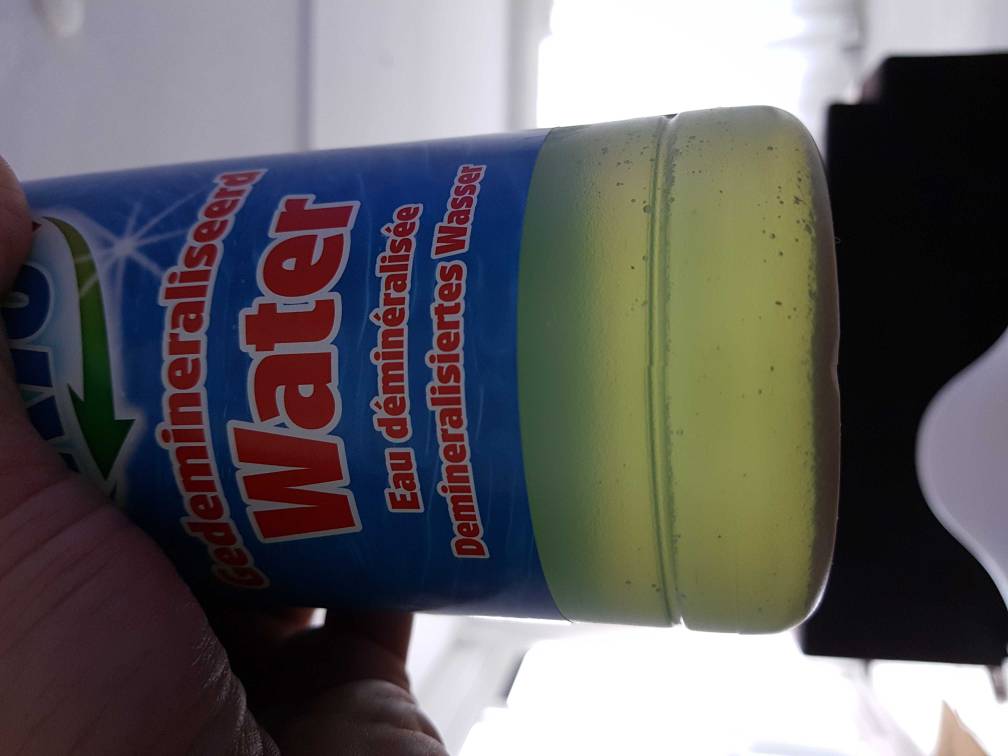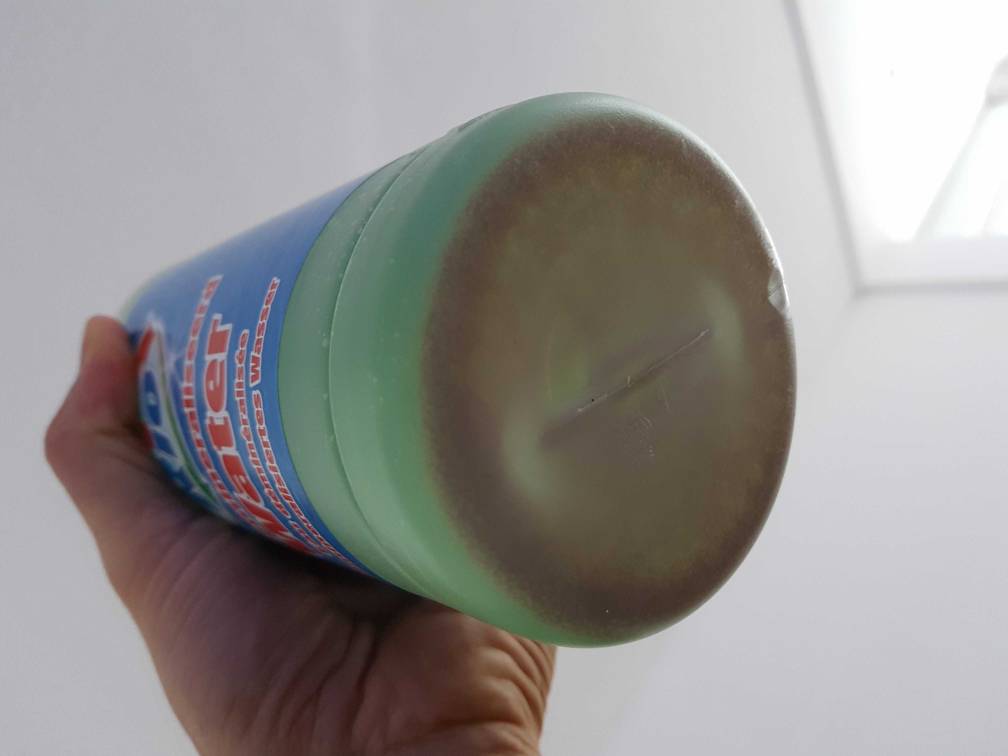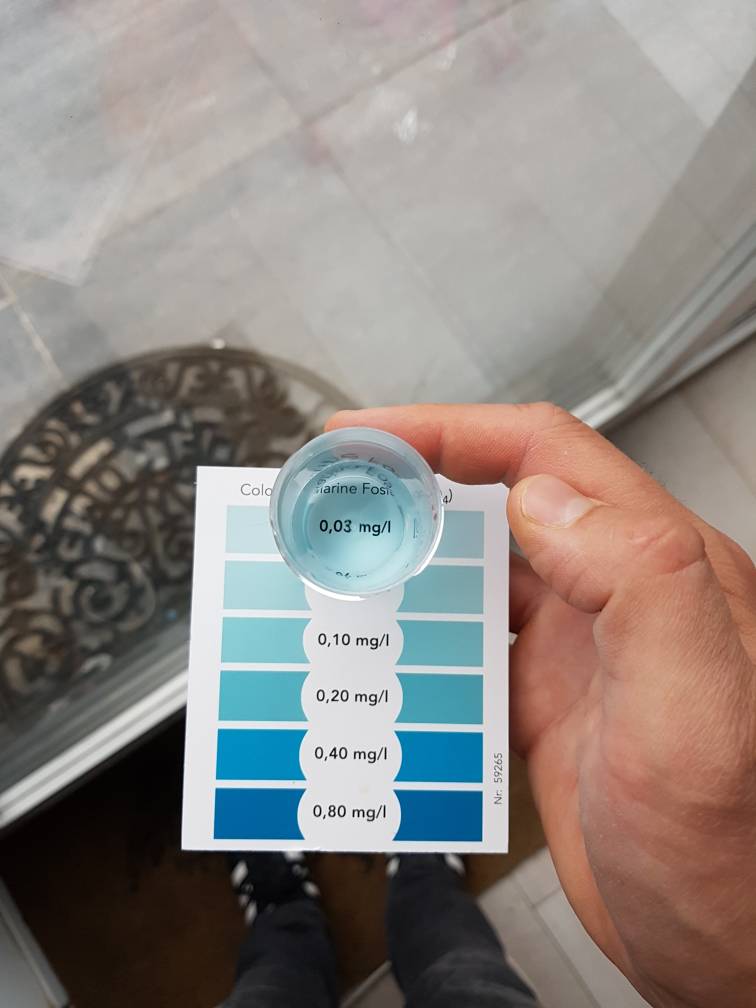- Joined
- Aug 15, 2016
- Messages
- 285
- Reaction score
- 90
I noticed this recipe from randy holmes:
"I selected a dose of about 0.1 to 0.3 mL of a solution containing 5 g of iron (as 25 g of ferrous sulfate heptahydrate) in 250 mL of water containing 50.7 g of sodium citrate dihydrate"
Question 1: I wondered if I can also use sodium citrate trihydrate, and if so, how this will change the recipe. Unfortunately, I am unable to find dihydrate.
Question 2: I would like to mix some iron with my top off water, would it be possible to just add sodium citrate to e.g. 30 liters of topoff water and then add the approporate amount of iron? Or would it be better to first make the solution and then add a certain amount to the top-off water?
Question 3: If question 2 is possible, is it then also possible to add x amount of Mn-EDTA to this?
Question 4: If question 2 is possible, can I also add vinegar and/or ascorbic acid and/or sodium citrate to my top off water
Sorry for all the questions, but I would like to make a solution which is good for several things: dose iron/mn, bind po4, dose carbon
"I selected a dose of about 0.1 to 0.3 mL of a solution containing 5 g of iron (as 25 g of ferrous sulfate heptahydrate) in 250 mL of water containing 50.7 g of sodium citrate dihydrate"
Question 1: I wondered if I can also use sodium citrate trihydrate, and if so, how this will change the recipe. Unfortunately, I am unable to find dihydrate.
Question 2: I would like to mix some iron with my top off water, would it be possible to just add sodium citrate to e.g. 30 liters of topoff water and then add the approporate amount of iron? Or would it be better to first make the solution and then add a certain amount to the top-off water?
Question 3: If question 2 is possible, is it then also possible to add x amount of Mn-EDTA to this?
Question 4: If question 2 is possible, can I also add vinegar and/or ascorbic acid and/or sodium citrate to my top off water
Sorry for all the questions, but I would like to make a solution which is good for several things: dose iron/mn, bind po4, dose carbon




















